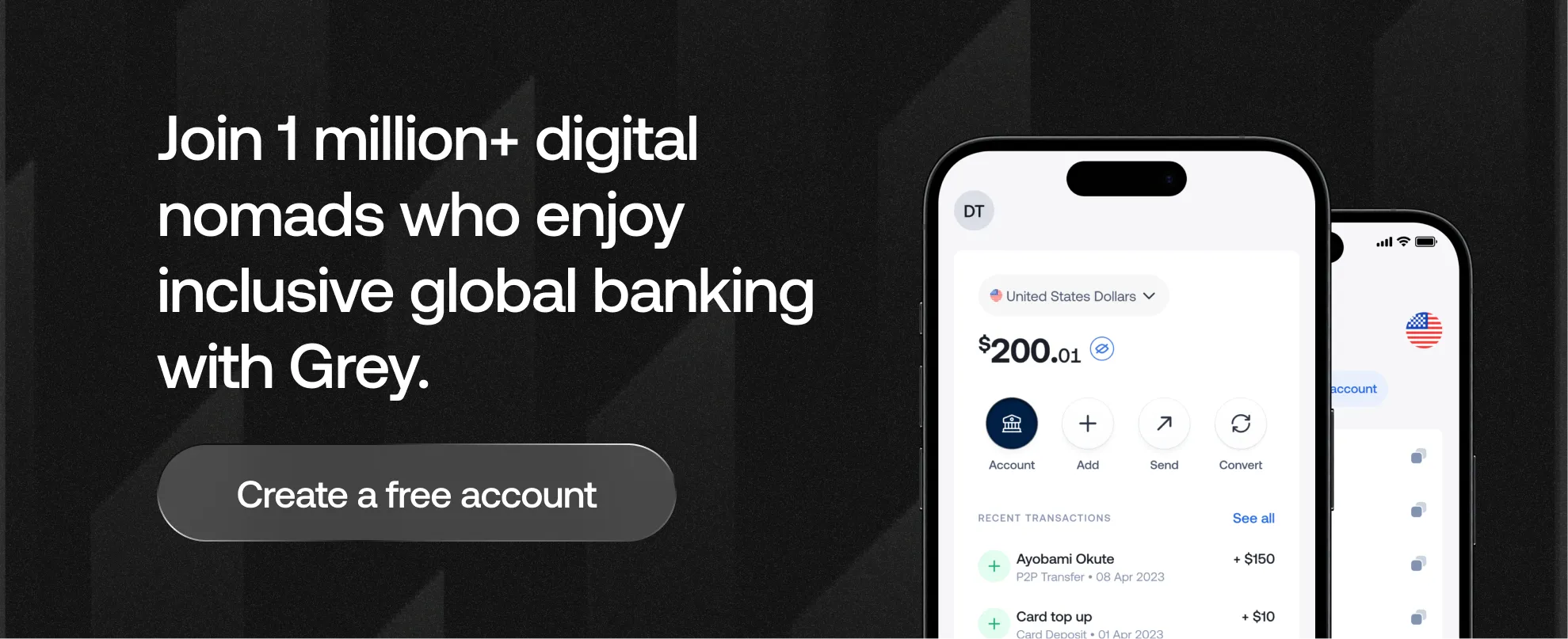

Multi-currency bank accounts are becoming more popular as digital payment solutions continue to spring up globally, thanks to the era of globalised trade, travel, and remote work. These accounts allow individuals and businesses to hold, send, and receive funds in multiple currencies without the constant need for conversions, thereby reducing foreign exchange fees and simplifying international transactions.
However, despite their convenience, multi-currency accounts are not entirely free from issues. One of the most frustrating problems is account freezing. Access to funds is temporarily or indefinitely restricted, which can disrupt business operations, delay personal payments, and cause significant stress. Understanding why these freezes occur is crucial for users to avoid the risks. Selecting a reliable provider from the outset is also essential to avoid unnecessary account freezes.
This article explores the common reasons behind account freezes in multi-currency setups and offers guidance on choosing a reliable platform.
Also read: Simple ways to manage multiple currencies as a freelancer or digital nomad
Account freezing is a protective measure employed by banks and financial institutions to prevent fraud, ensure compliance, or address legal obligations. With multi-currency accounts, the risks are more pronounced due to varying international regulations. Here, we delve into the primary causes of multi-currency account freezes:
One of the most frequent triggers for a freeze is activity that appears irregular or potentially fraudulent. Banks monitor transactions using algorithms that flag anomalies, such as sudden large transfers, frequent currency switches, or payments to high-risk jurisdictions. Personal accounts might be affected by something as simple as logging in from a new location without prior notification. Unusual bulk transfers from a business account can trigger alarms and lead to freezing.
Financial institutions are often required by law to freeze accounts tied to outstanding debts. This includes unpaid taxes, student loans, child support, or court judgments. In multi-currency scenarios, this can be complicated by international tax treaties. For example, if a user has unresolved debts in one country but holds funds in another currency, the bank might receive a garnishment order from authorities, resulting in a freeze on the account. Government agencies, such as tax authorities or law enforcement agencies, can mandate freezes without prior notice.
Multi-currency accounts operate under international regulations, and non-compliance is a leading cause of freezes. Anti-money laundering (AML) and Know Your Customer (KYC) regulations require banks to verify user identities and the purposes of transactions. Failure to provide updated documentation, such as proof of address, business registration, or source of funds, can result in a freeze. Large transfers are often subject to AML scrutiny, leading to temporary holds. Inactivity is another compliance-related issue. Accounts that have been dormant for extended periods (e.g., 12-24 months) may be frozen to prevent misuse and require reactivation through verification.
Missing beneficiary details, incorrect account numbers, or mismatched currency codes can cause payments to be blocked. In multi-currency setups, where conversions and routing involve multiple banks, such errors amplify risks. For businesses, outdated company information or unusual transaction patterns can signal red flags, leading to holds until clarified.
Also see: How to manage family remittances with multi-currency accounts
Selecting the right provider is key to minimising freeze risks and maximising benefits. With options ranging from fintech apps to traditional banks, focus on factors that ensure stability, transparency, and usability. Here's a step-by-step guide.
Evaluate the currencies the platform supports, especially USD, EUR, and GBP. Multi-currency accounts should allow seamless receipts without conversions. Look for features like flexible payment and withdrawal options, strong security, and integration with your existing business tools.
Choose providers licensed by reputable bodies to ensure your funds are safe. Check for two-factor authentication, strong encryption, fraud monitoring, and compliance with AML standards to reduce the risk of your account being frozen. Read user reviews on sites like Trustpilot and check for past incidents of unwarranted freezes.
Transparent pricing is crucial. Opt for platforms using mid-market exchange rates without hidden markups. Grey is excels here, offering low, transparent fees, and competitive exchange rates. Compare transfer fees, conversion costs, and maintenance charges. For high-volume users, low or tiered fees are ideal. Avoid providers with hidden fee structures that could lead to unexpected costs.
A reliable platform should be intuitive, with mobile apps. Customer support is vital for resolving freezes. Look out for the 24/7 availability via chat, phone, or email, preferably in multiple languages.
Account freezes can be stressful, but understanding why they happen helps you stay proactive. By keeping your documents up to date, maintaining transparent transactions, and using a regulated, user-friendly platform, you can minimise risks and keep your cross-border finances running smoothly.
If you’re looking for a reliable platform for international payments, you should consider Grey to manage your multi-currency transactions with confidence. The platform has robust security features and complies with global financial regulations.
Get started on Grey today to open reliable multi-currency accounts without hassles.




.svg)
Back to top